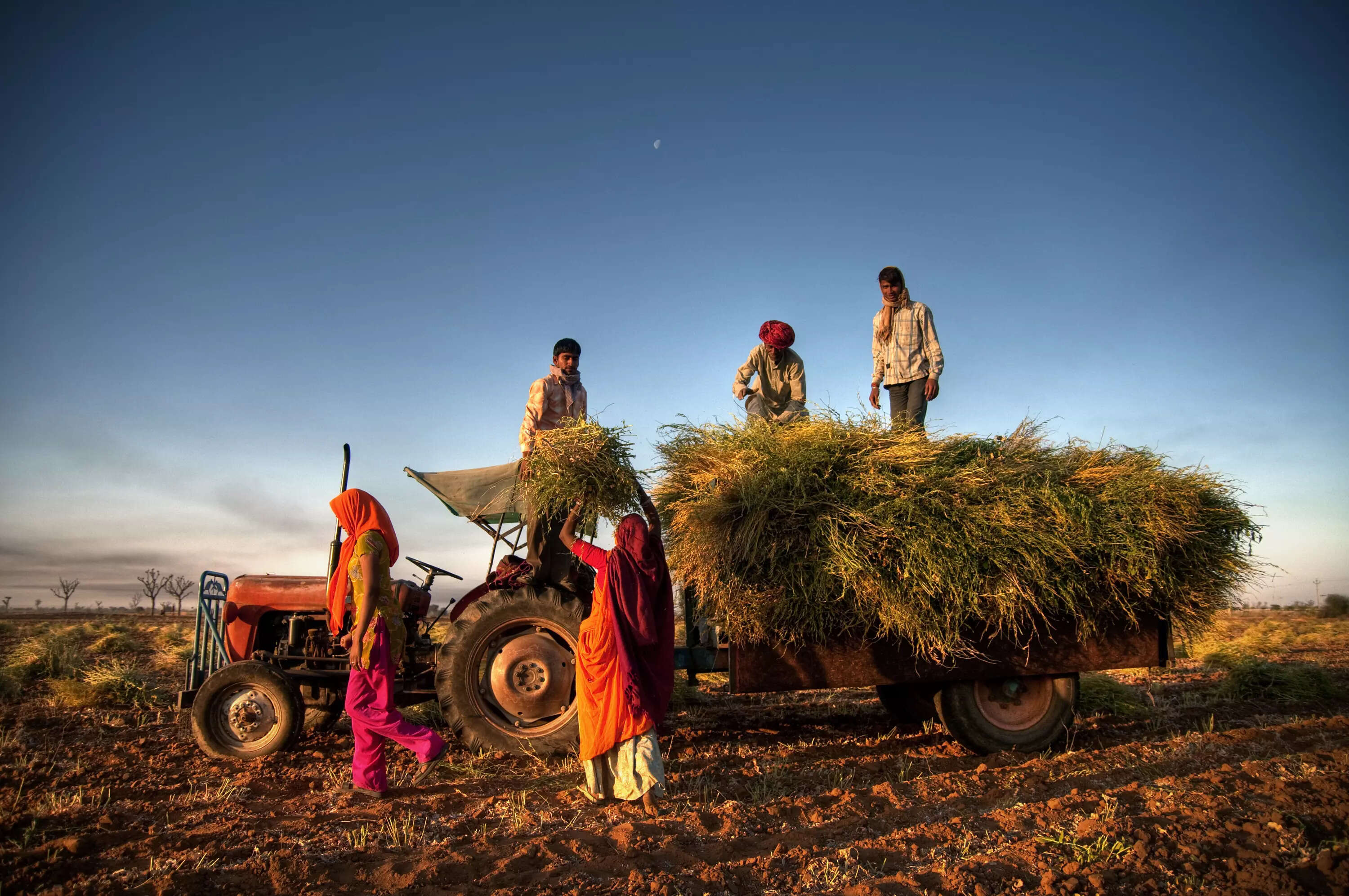
Two-wheeler sales in FY23 fell to a seven-year low and tractors saw the slowest growth pace among all peers, reflecting inflation’s adverse impacts on rural India
Data released by the Federation of Automobile Dealers Associations (FADA) on Tuesday showed that though the two-wheeler segment saw growth on an annual basis, it continued to remain ‘significantly’ below pre-pandemic levels.
“The 2-wheeler category witnessed a growth of 12% YoY but was down by 9% from its pre-Covid levels. Rural India, which still has not performed, continues to remain under inflationary pressure,” said Manish Raj Singhania, FADA President.
Select segments like two-wheelers and tractors will be key monitorable in the coming months, with the IMD predicting above-normal temperatures from April to June across most parts of India, except northwest and peninsular regions.
“You could see an impact on the rural sentiments and in fact the agricultural incomes that can also have an adverse impact on the overall demand,” Shashank Srivastava, Maruti Suzuki India told ETNow on Monday.
Further, there is also a possibility of El Nino impact during the summer months of July, August and September.
“It (El Nino) could lead to poor monsoons, hampering rural India’s growth potential. The untimely rains and hailstorms in North and Central India have destroyed key rabi crops and delayed harvesting, which will have a negative impact on rural sales,” FADA said.
Tractors lag growth, PVs see record high growth
In March 2023, total vehicle retail registered a growth of 14% year-on-year. All categories saw double-digit growth, except for tractors.
Two-wheelers, three-wheelers, passenger vehicles (PVs) and commercial vehicles (CVs) saw a growth of 12%, 69%, 14%, and 10%, respectively while tractors grew by 4%.
A similar trend was observed in the full fiscal 2023, with tractors lagging behind other segments.
“FY23 was the first full year without any impact of Covid after a gap of two years. Consequently, overall retail sales during the year experienced double-digit growth of 21%,” Singhania said.
Two-wheelers, three-wheelers, PVs, and CVs saw a growth of 19%, 84%, 23%, and 33%, respectively.
While the tractors segment saw a single-digit growth of 8% on an annual basis, the segment clocked an all-time high retail of 8.27 lakhs. Its previous high was 7.82 lakh units seen in FY21.
Retail sales of PVs hit a record high of 3.6 million vehicles, registering a growth of 23% YoY. Its previous high was 3.2 million units in FY19.
“The segment experienced numerous new launches and better product availability due to the easing of the semiconductor shortage during the year. The demand for higher-end variants helped sustain sales,” FADA said.
“However, the entry-level variant remains under pressure as customers in this category are still affected by high inflation,” it added.
Going ahead, FADA sees growth numbers tapering in FY24, owing to a high base, inflationary pressures, routine price hikes, and regulatory changes.

